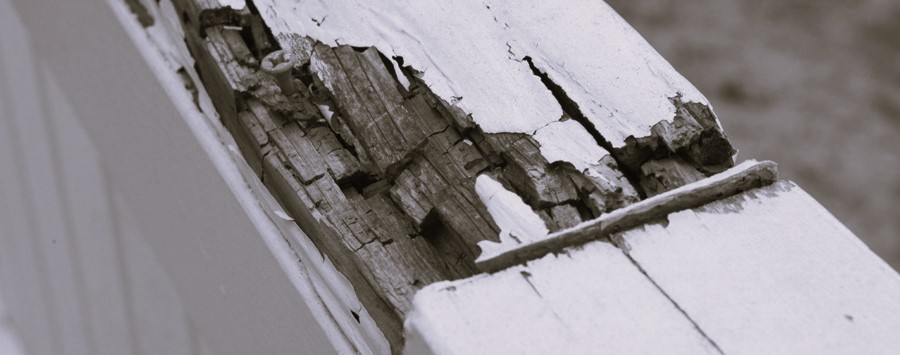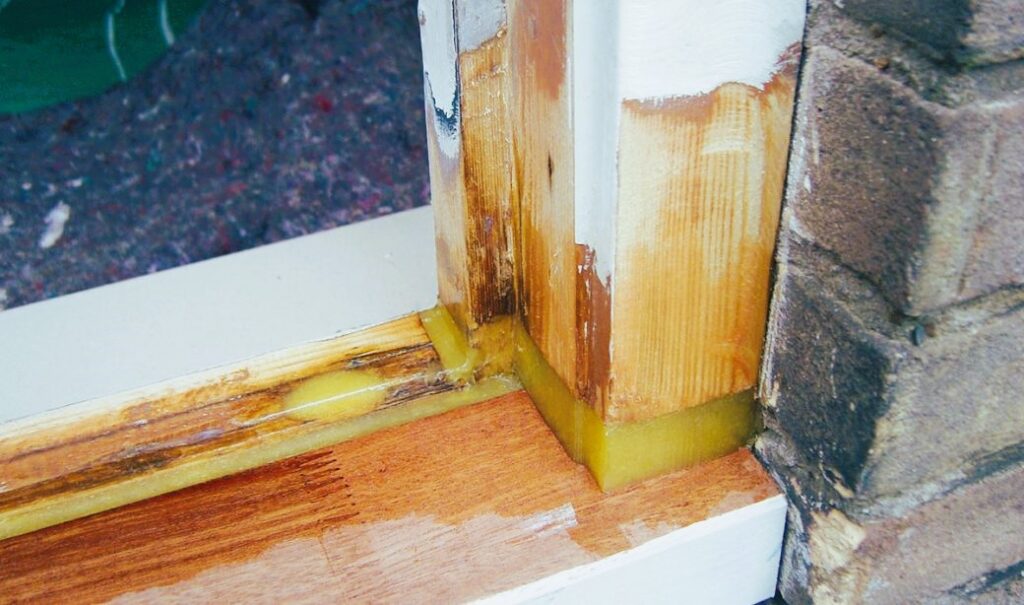Window frames are an essential component of any home, providing structural support and holding the glass in place. Over time, however, wooden window frames can deteriorate due to exposure to moisture, pests, or age. If you notice signs of decay or rot in your window frames, it’s crucial to address the issue promptly to prevent further damage and maintain the integrity of your windows. Here are some helpful tips for repairing decaying or rotted wood in window frames.
1. Assess the Damage
Before starting the repair process, thoroughly assess the extent of the damage. Examine the window frames for signs of decay, such as soft or crumbly wood, discoloration, or visible mold growth. Determine whether the decay is localized to a specific area or if it has spread throughout the frame. This evaluation will help you plan the appropriate repair strategy.
2. Remove the Damaged Wood
To repair decaying or rotted wood, you must first remove the affected portions. Use a chisel, pry bar, or a similar tool to carefully extract the damaged wood. Be cautious not to cause further damage to the surrounding areas. Remove all the decayed wood until you reach sound, healthy wood.

3. Treat the Wood with Preservatives
Once the damaged wood is removed, it’s essential to treat the remaining wood with a wood preservative. These products help protect the wood from future decay and prevent the spread of fungi or pests. Follow the manufacturer’s instructions for applying the preservative, ensuring thorough coverage of the exposed wood surfaces.
4. Fill the Cavities with Wood Filler
After treating the wood, fill the cavities left by the removed decayed wood with a suitable wood filler. Choose a high-quality wood filler that is specifically designed for exterior use and has good adhesion properties. Apply the filler using a putty knife, ensuring it is smoothly leveled with the surrounding wood surface. Allow the filler to dry completely before proceeding to the next step.
5. Sand and Smooth the Surface
Once the wood filler has dried, use sandpaper to smooth the repaired surface. Start with coarse-grit sandpaper to remove any unevenness and gradually transition to finer-grit sandpaper for a smooth finish. Sand in the direction of the wood grain to achieve a seamless blend between the repaired area and the surrounding wood. Energy efficient upgrades for green homes, read more in this article.
6. Prime and Paint the Window Frame
To protect the repaired wood and enhance its appearance, apply a suitable primer to the entire window frame. The primer helps seal the wood, providing a strong foundation for the paint. Choose a high-quality exterior paint that is designed to withstand the elements and match the existing color of the window frame. Apply multiple coats of paint, allowing sufficient drying time between each coat.
7. Regular Maintenance and Prevention

To prevent future decay or rot in your window frames, it’s important to perform regular maintenance. Keep the frames clean and free from dirt, debris, and excessive moisture. Regularly inspect the frames for signs of damage, and address any issues promptly. Consider applying a protective sealant or paint to further enhance the durability and longevity of the wood.
8. Consider Professional Help
If the damage to your window frames is extensive or if you’re unsure about the repair process, it’s advisable to seek professional help. A skilled carpenter or window specialist can assess the situation, provide expert advice, and ensure the repairs are carried out effectively. Professional assistance can save you time, effort, and potential mistakes.
Repairing decaying or rotted wood in window frames is a necessary task to maintain the functionality and aesthetics of your windows. By following these tips and taking proactive measures, you can restore your window frames and prolong their lifespan. Remember, regular maintenance and prompt repairs are key to preserving the beauty and value of your home’s windows.
